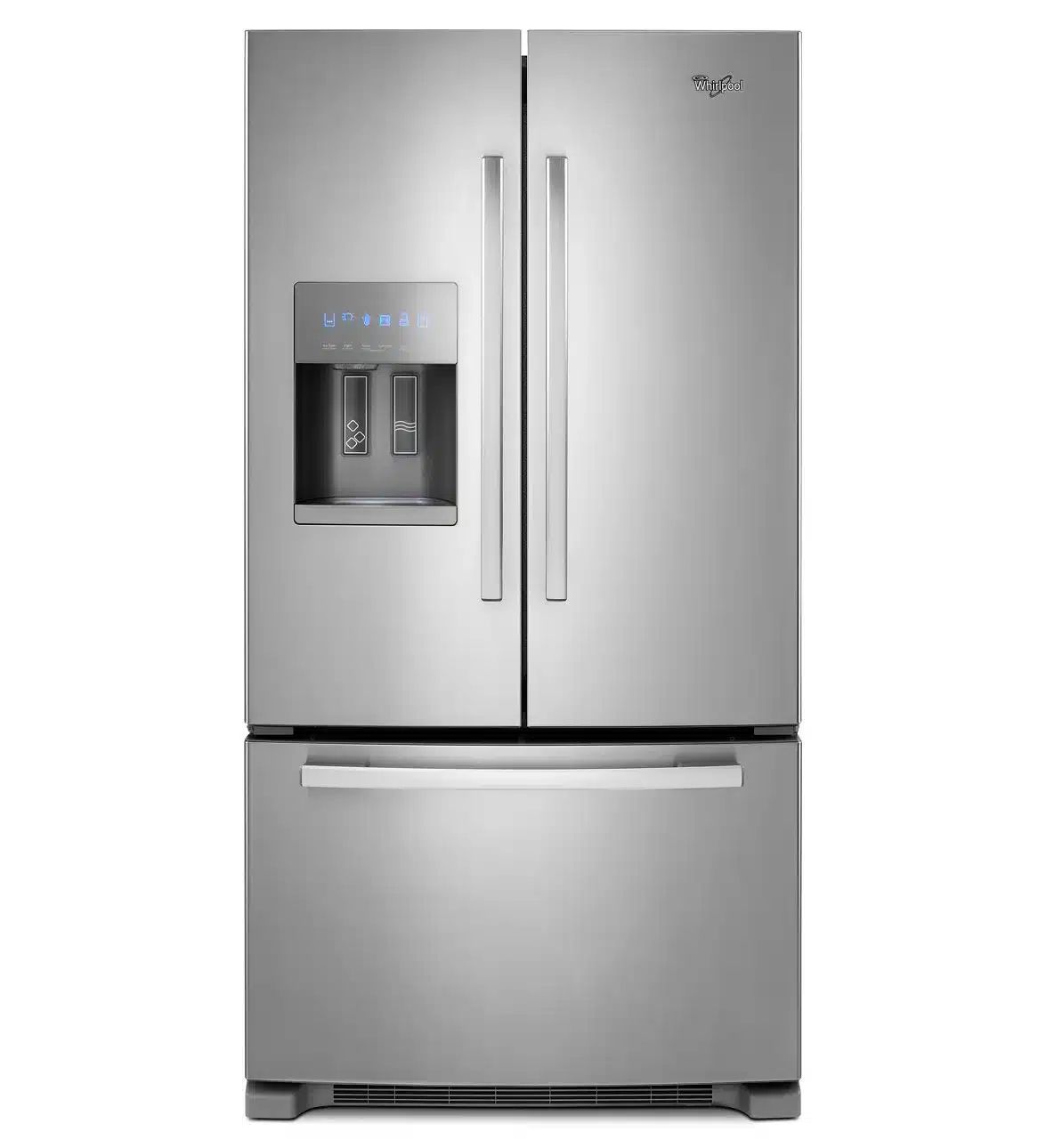The compressor is one of the most important parts of a refrigerator. It is responsible for compressing the refrigerant and circulating it through the evaporator and condenser coils, creating the cooling effect inside the fridge. Without a functioning compressor, your refrigerator will not keep your food cold and fresh.
However, compressors can wear out or fail over time, due to various reasons such as age, power surges, overheating, or mechanical damage. When this happens, you may notice some symptoms such as:
- The refrigerator is not cooling properly or at all
- The refrigerator is making loud or unusual noises
- The refrigerator is tripping the circuit breaker or blowing fuses
- The refrigerator is leaking refrigerant or oil
If you suspect that your compressor is faulty, you need to replace it as soon as possible to avoid further damage to your refrigerator or your food. Replacing a compressor is not an easy task, and it requires some technical skills and tools. It is also a potentially dangerous job, as it involves working with high voltage electricity and pressurized refrigerant. Therefore, it is highly recommended that you hire a professional technician to do it for you.
However, if you are confident in your abilities and want to save some money, you can try to change the compressor on your refrigerator yourself. In this post, we will guide you through the steps of changing a compressor on a refrigerator, as well as the costs and benefits of doing so.
To change a compressor on a refrigerator, you need to:
- Unplug the refrigerator and disconnect the water supply (if applicable)
- Remove the back panel and access the compressor
- Discharge the refrigerant and disconnect the electrical wires
- Unscrew and remove the old compressor
- Install the new compressor and reconnect the wires
- Recharge the refrigerant and test the refrigerator
- Replace the back panel and restore the power and water supply
Step 1: Unplug the refrigerator and disconnect the water supply (if applicable)
The first step of changing a compressor on a refrigerator is to unplug the refrigerator from the power outlet and disconnect the water supply (if your refrigerator has a water dispenser or an ice maker). This will prevent any electrical shocks or water leaks during the process.
To unplug the refrigerator, simply pull out the power cord from the wall socket. To disconnect the water supply, locate the water valve behind or under your refrigerator and turn it off. Then, disconnect the water line from the valve using a wrench.

Step 2: Remove the back panel and access the compressor
The next step of changing a compressor on a refrigerator is to remove the back panel of your refrigerator and access the compressor. The back panel is usually secured by screws that you can remove with a screwdriver. Once you remove the back panel, you will see the compressor at the bottom of your refrigerator. It is a black metal cylinder with copper tubes and electrical wires attached to it.
Step 3: Discharge the refrigerant and disconnect the electrical wires
The third step of changing a compressor on a refrigerator is to discharge the refrigerant and disconnect the electrical wires from the old compressor. The refrigerant is a chemical substance that circulates through the coils and absorbs heat from inside the fridge. It is under high pressure and can be harmful if released into the air or in contact with your skin or eyes. Therefore, you need to discharge it safely using a recovery machine or a piercing valve.
To discharge the refrigerant, you need to attach one end of a recovery hose to the recovery machine or piercing valve and another end to one of the copper tubes of the compressor. Then, turn on the recovery machine or open the piercing valve and let the refrigerant flow out of the compressor and into the recovery tank. You may need to repeat this process for both the high-pressure and low-pressure sides of the compressor.





